
Fine-tuning coachwork and performance in a Superlite SL-C
As told by Bill Phillips
Photos by Bill Phillips; studio shots done at Auto Barn Classic Cars
From a young age, I always wanted to build a midengine V8 sports car. As a pimply adolescent boy back in the 1960s, I was captivated by the Fiberfab Valkyrie. In the 1970s, my next heartthrob was the Manta Mirage, and in the 1990s, it was the Ultima GTR. But none of these midengine sports cars seemed to completely fit the bill until I saw the Superlite Coupe. It checked all the boxes for me, not only because of the midengine V8, but also for the lightweight and race-bred aluminum chassis and suspension. Plus it had knockout body styling inspired by IMSA GTP race series and enough room inside to be comfortable.
I set out to build a competition thoroughbred in the tradition of the great automotive marques like Bugatti, Alfa Romeo and Ferrari, with fine coachwork as well. However, I faced numerous mechanical and cosmetic challenges during the build process.
In race form, the SL-C’s radiator is mounted under the front bonnet (hood). On the street, however, a car needs a trunk and the front bonnet was the only available space. That meant relocating the radiator to the rear and reengineering the cooling system.
So I enlisted the help of FLUIDYNE owner and thermal engineer Gary Johnson to design a custom radiator and a huge engine oil cooler as well. Extensive airflow testing was conducted, resulting in a series of scoops and panels to efficiently direct cold air from the sides and bottom into the engine compartment.
It was also a significant effort to design and perfect the aforementioned fine coachwork. First and foremost, it needed to be pleasing to the eye. There were multiple design iterations penned until finally arriving at the ideal aesthetic. These included five concepts for the gauge cluster, 23 for the center switch panel, six seat setups, seven external paint schemes and 17 designs for the logo medallion that adorns the seats and valve covers. Yeah, you could say I overthought it!
Fine coachwork also requires specialized artisans with an unwavering quest for quality, and I chose the Custom Stitching Co. for the interior. After providing a design notebook showing the direction I wanted to go, this firm created a sumptuous and functional interior that rivals any supercar.
The exterior already had the flowing, purposeful shape of a classic IMSA GTP racer, but I couldn’t resist making a few adjustments. I refined the body further by tucking in the rear fascia 2 inches, sculpting a front diffuser and other subtle modifications. I then sent it to the Charlotte Speed Shop for the final body and paintwork. The race-spec SL-C body was in good condition from the Superlite factory, but great effort was expended to further align panels, set precise gaps and block-sand the surface to perfection. The finished car stands out of the crowd no matter where it goes. In fact, famed car customizer Chip Foose once gave the car his Best Paint award.
But you can’t talk about a performance car without mentioning figures of power and weight. Here we have a GM Performance LS3 V8 producing 460 hp, funneled through a Getrag G50/20 six-speed transaxle. The car weighs about 2,600 pounds, so the power/weight ratio is an exhilarating 5.6 lbs/hp.
Of course, great cars are much more than their numbers, and the way it makes you feel is equally important. The SuperLite Coupe chassis was refined through competition in the 2011 National Auto Sport Association Unlimited class, where it won every race it finished, set numerous track records and won the NASA National Championship.
The SL-C’s well-balanced, ultrastiff chassis has a low center of gravity and doesn’t need rock-hard springs or traction control nannies. Instead, the driving experience is surprisingly supple and inspires confidence in all conditions. The only concession made in the chassis for street duty was the addition of a front suspension hydraulic lift assist to conquer tall speed bumps with a single switch.
The cabin surrounds you with leather and other fine materials, and great care was taken to isolate the driver from harsh noises, rattles, squeaks and vibration. The reduced noise level and contoured seats make this grand tourer a comfortable place to enjoy the journey.
The finished product draws a crowd wherever it goes. On the highway, cars track closely on all sides, sometimes not watching where they are going. At stoplights, people jump out of their cars to snap a photo and ask a lightning round of questions before the light turns green. On the national stage, the car was featured on several Velocity Channel programs such as GearZ, PowerNation, and Caffeine and Octane. The SL-C was also a feature car at the 2017 SEMA Show in Las Vegas, an excellent conclusion to a build that’s meant so much to me.
What’s the next automotive challenge for me? To design and build my own car, of course! I was able to acquire several textbooks used in the Art Center College of Design’s Transportation Design curriculum and did my own home study.
After converting my line drawings into a large 1/6th-scale clay model, I transferred photos of it into a CAD software program. I then designed a chassis to fit within the exterior shell by reading numerous engineering books on suspension geometry. The car is now a fully functional vehicle, and I’m currently in the final stages of sculpting a mold plug for the exterior shell using foam, fiberglass, body filler and a lot of sanding. Once a mold is taken from the plug, the final carbon fiber body panels will be formed using a vacuum infusion process. From my figures, the finished car will weigh just 600 pounds, so stay tuned for the next phase of my builder’s art.
Editor’s note: If you would like to learn more about how this car was built, a detailed build journal has been published on www.amazon.com. The Car Builder Journal: RCR SuperLite Coupe book is over 300 pages and details every step with hundreds of photos.

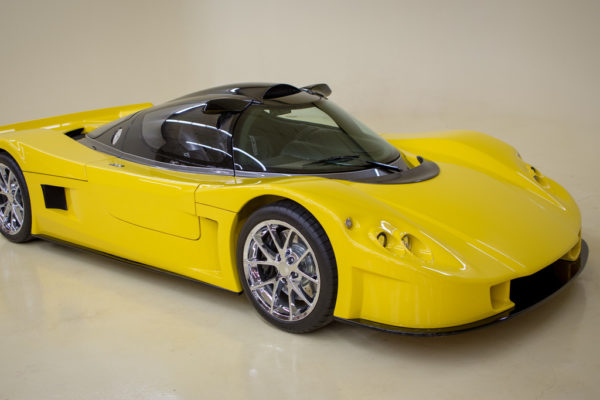
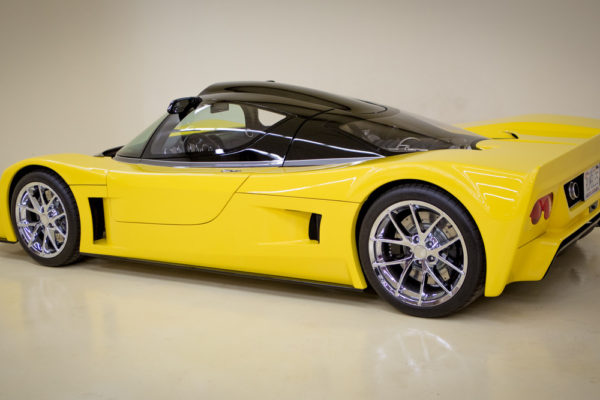
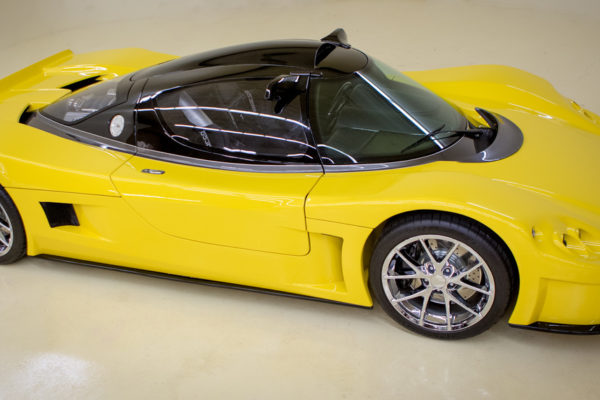
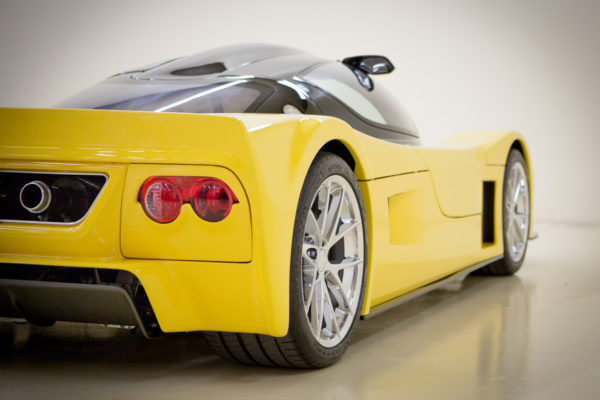
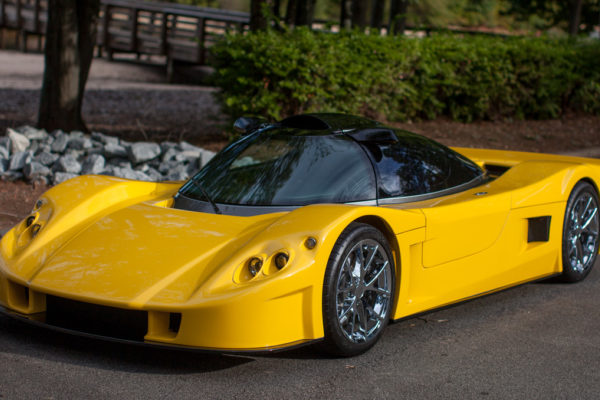
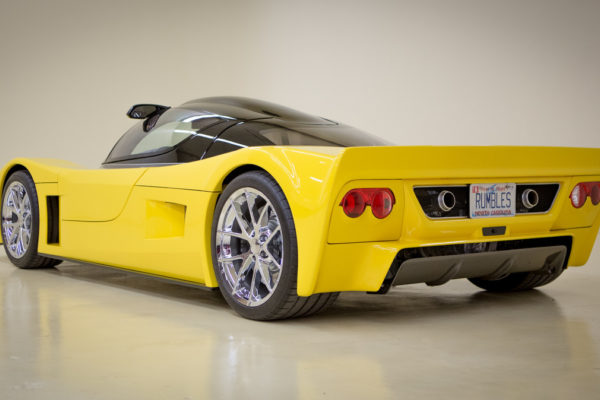
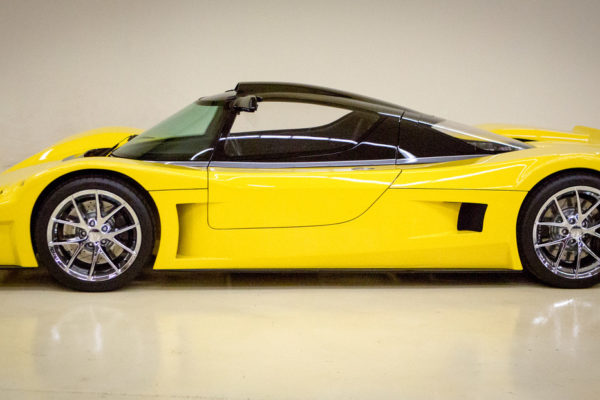
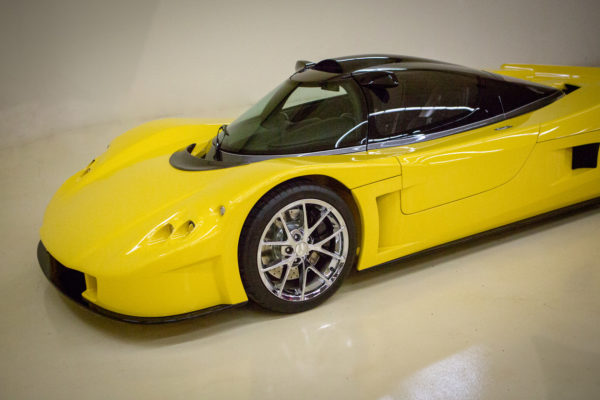
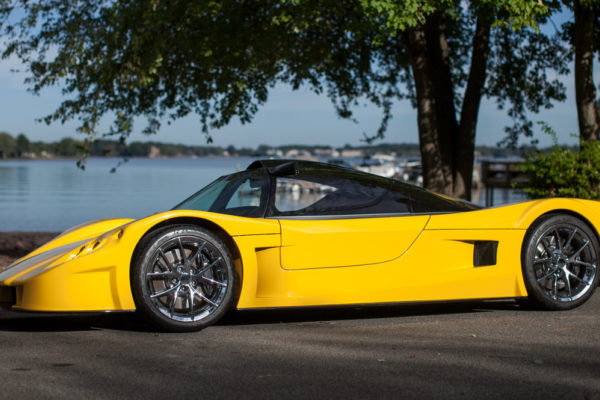
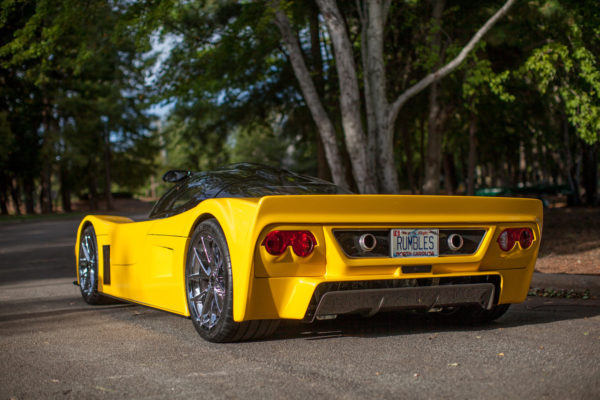
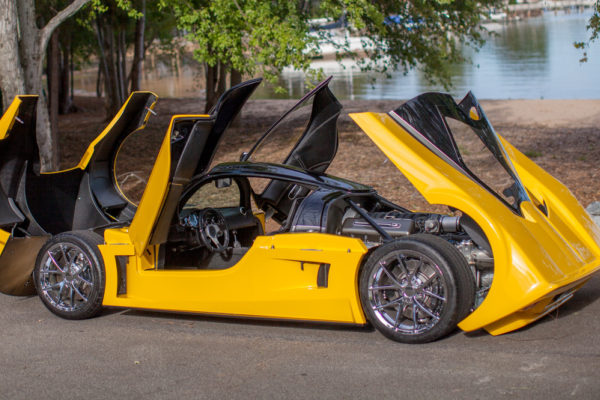
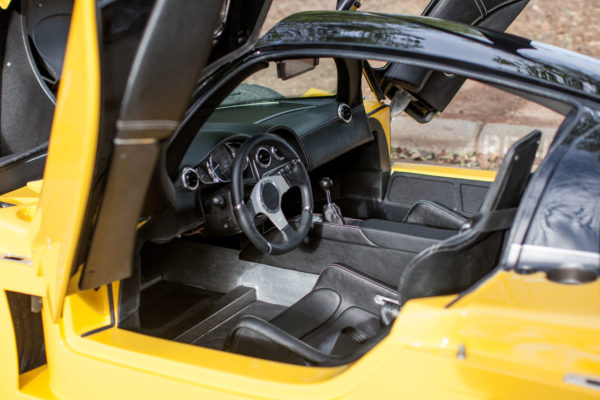
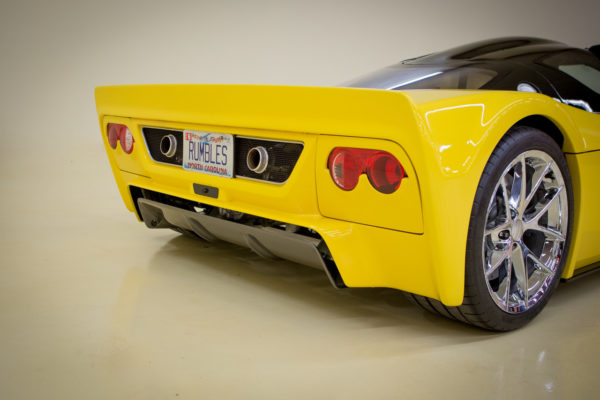
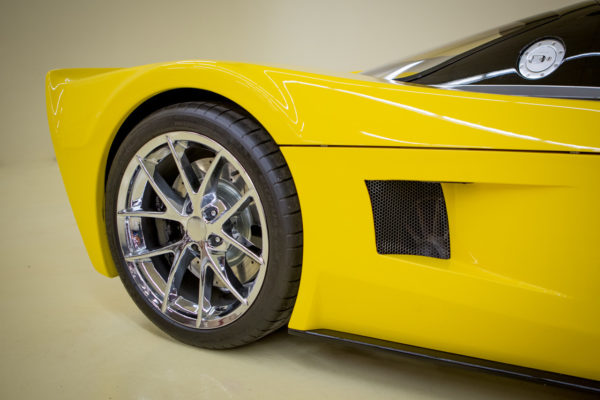
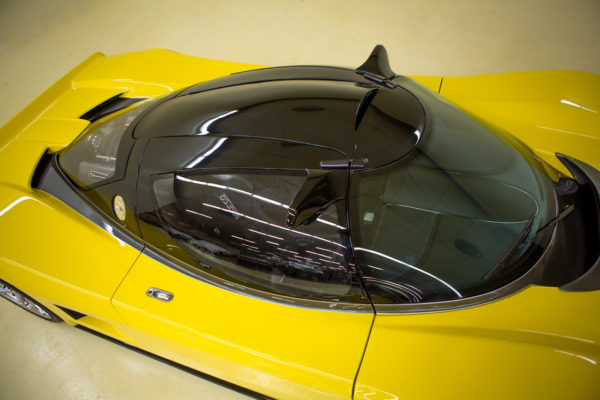
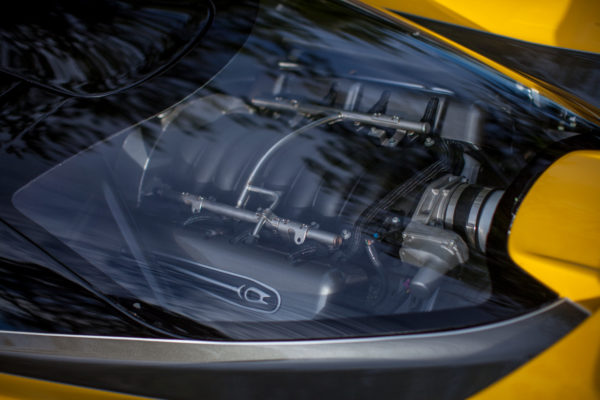
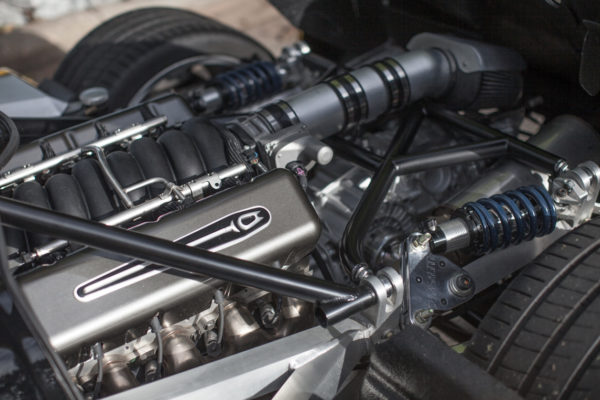
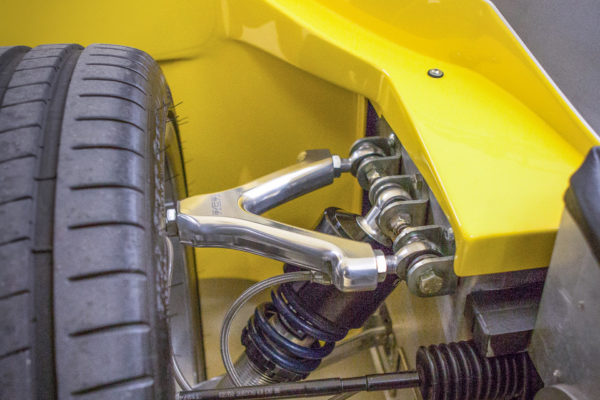
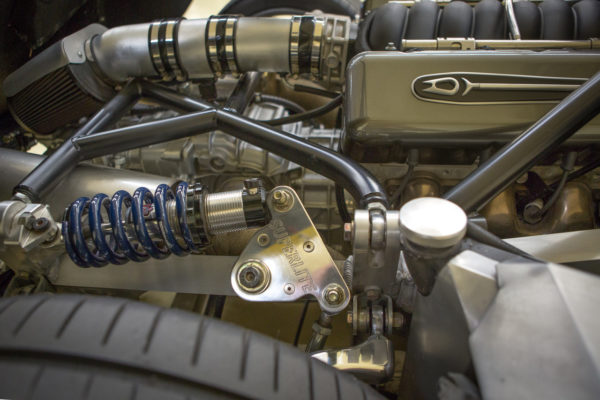
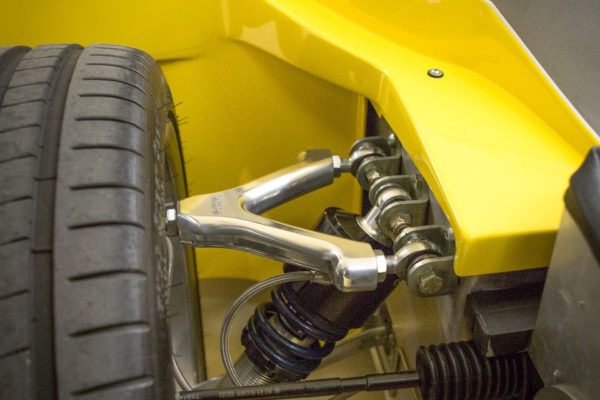
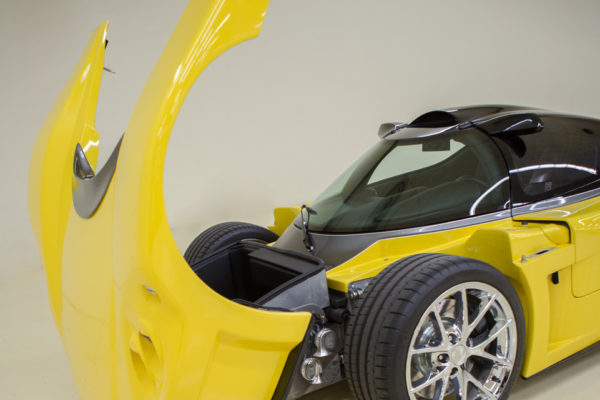
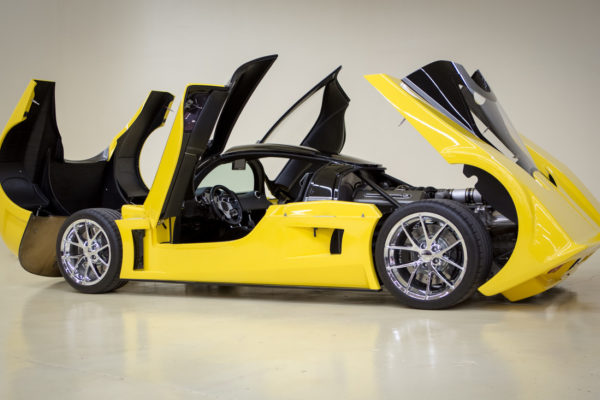
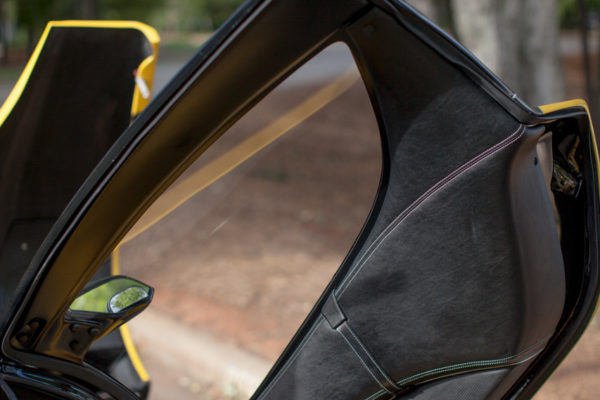
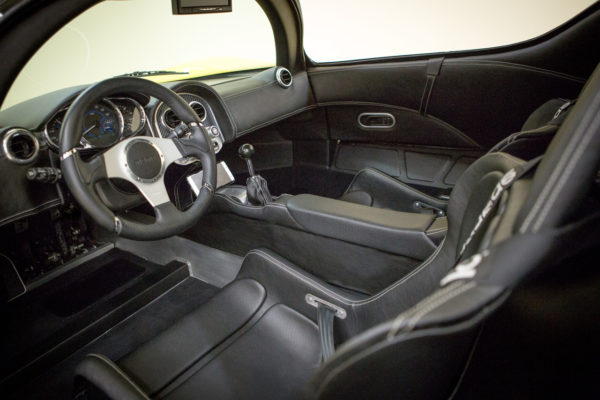
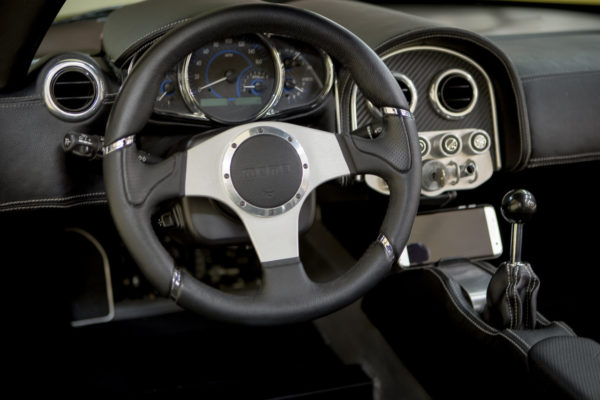
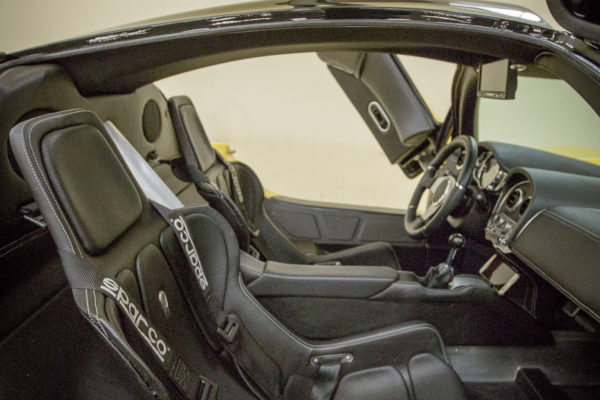
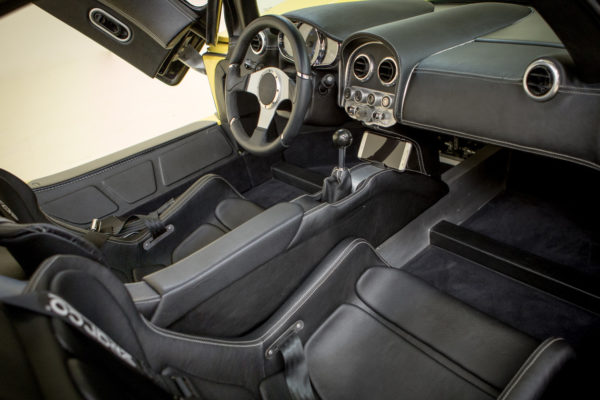
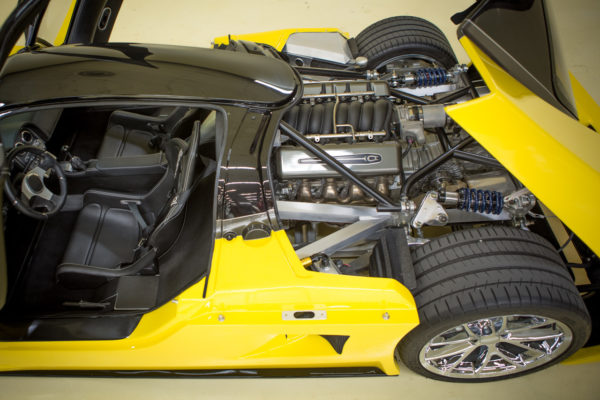
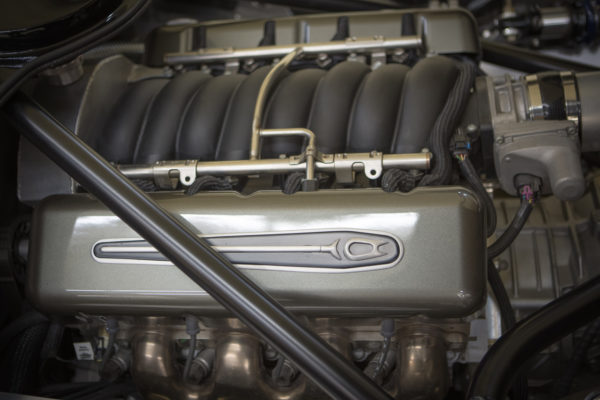
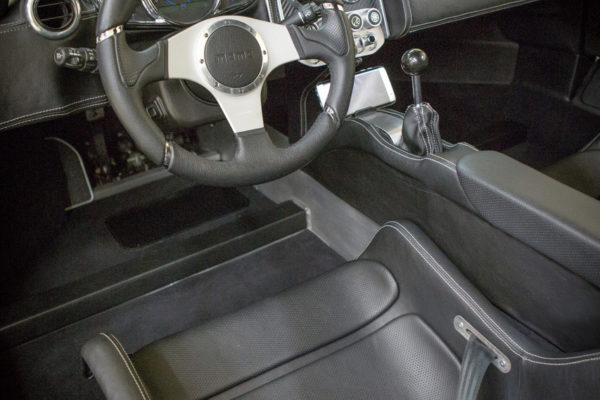
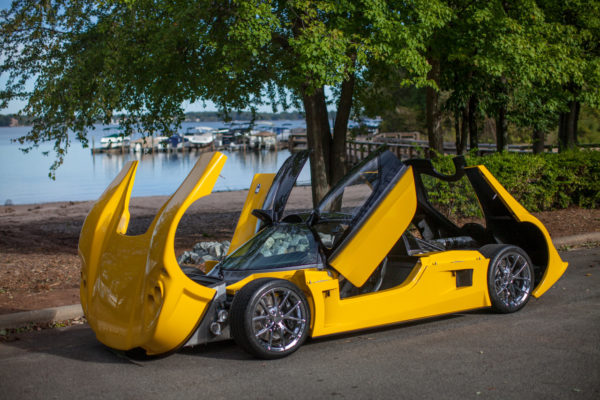
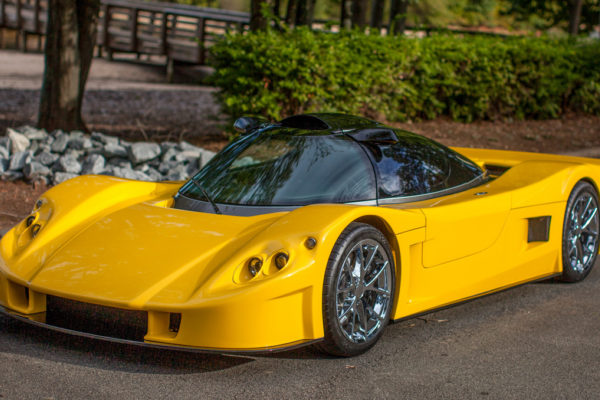
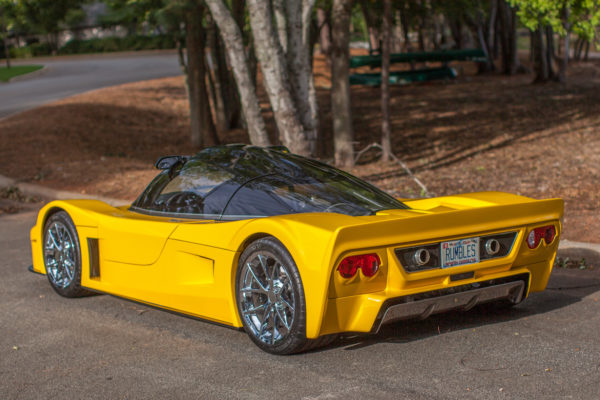
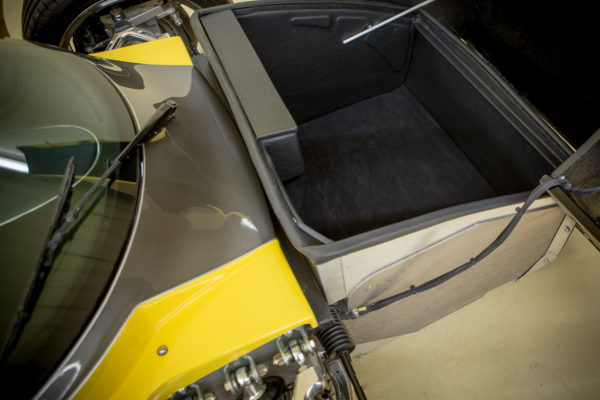

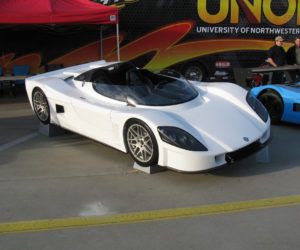

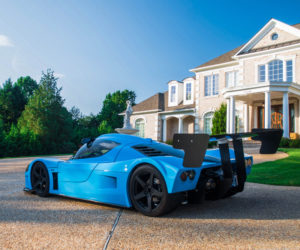
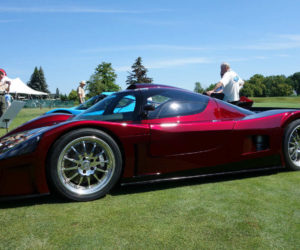
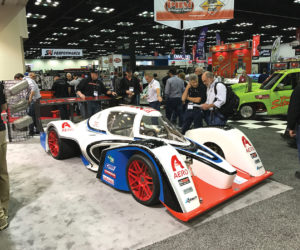
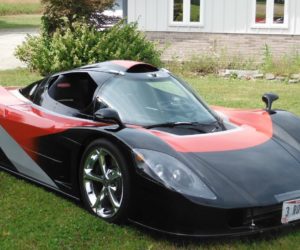




Comments for: Builder’s Art
comments powered by Disqus